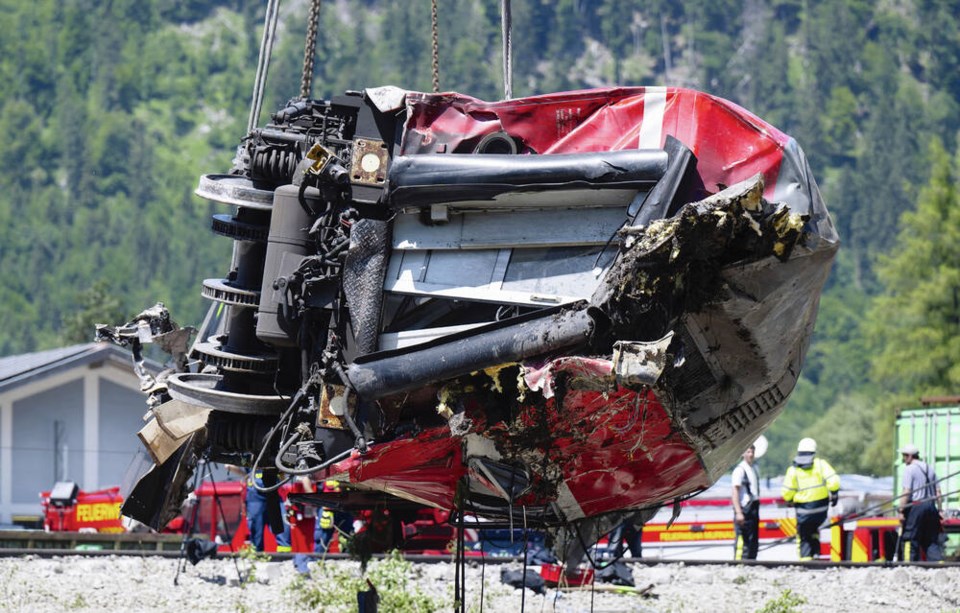One issue we are likely to see a focus on in the upcoming municipal elections is community safety, often focusing on crime and violence. But important though that is, community safety is about much more than that.
I recall, as a consultant working on the Healthy Cities initiative with the World Health Organization in the 1980s and 1990s, seeing the very different understanding of safety in Europe compared with North America.
In Europe, the Safe Communities movement was focused largely on preventing “accidents” — what in public health we call unintentional injuries. But in North America, the focus of safe-communities work was largely on preventing crime and violence — one part of what we call intentional injuries.
From a public-health perspective, unintentional injuries are by far the larger problem. In a 2017 report, the B.C. Injury Prevention Committee noted that “injury is the leading cause of death for ages one to 44 years and the fourth-leading cause of death for all ages.”
Based on data from B.C. Vital Statistics, in 2020 there were 863 deaths from unintentional injury, 381 deaths from intentional self-harm and only 24 deaths from assault — homicide, in other words.
Hospitalization for injury in B.C. in 2019-2020 followed a similar pattern. By far the largest reason was falls (over 20,000, more than half of which were in those over 75), transport-related causes (almost 4,000), self-harm (just over 3,000) and unintentional poisoning (which includes drug overdose — over 1,700).
Assault, at just under 1,000, was fifth, with well over half occurring in the 15-44 age group.
Based on all of this, and reflecting those injuries that place the largest burden and cost on society, the committee identified three provincial priorities for injury prevention: seniors’ falls, transport-related injuries, and youth suicide and self-harm.
So if we want a safer community, we need to focus first on the priorities identified by the committee.
Within the realm of intentional injury, the largest problem is clearly self-harm. This is not to diminish the importance of assault as a cause of injury and death, as well as the mental and emotional trauma it causes, which injury data does not collect.
But even within the category of assault, it is not random violence perpetrated on strangers that should be our priority — it is family violence and sexual violence.
A 2021 report from Statistics Canada noted that “one-quarter of victims of police-reported violence are victimized by a family member,” while “two-thirds of all victims of family violence” are women and girls.
Moreover, this violence, as well as sexual violence, is hugely under-reported. A 2019 StatCan report noted that 80 per cent of spousal violence was not reported to police, while a 2014 report found 83 per cent of sexual assault was not reported.
Moreover, community safety is not just about violence, or even about crime more generally, it is about feeling as well as being safe.
For example, assault — especially random violence — is seen as much more frightening (and more newsworthy) than the vastly more numerous cases of falls and traffic accidents, which too often seem to be accepted as just part of the fabric of daily life or the price we pay for getting around.
This tells us that perception and emotion matters when it come to safety, not just data.
People may feel unsafe for a variety of reasons, often having little to do with criminal activity or within the purview of the police.
Indigenous people, people of colour, LGBTQ people and others may feel unsafe because of discriminatory attitudes, remarks or behaviour that are not criminal. And, of course, dark streets and parks make many of us feel unsafe, while people are troubled and perhaps scared by those who are acting strangely, are dishevelled and living on the street.
So if we truly want a safer community, we need to think quite broadly about what makes our community unsafe for people, and not get sucked into an understanding of safety that is too narrowly defined as simply a matter of crime and violence and law and order.
That said, next week I will focus more on that issue, stressing that it is a complex problem with no quick fixes, no easy solutions.
Dr. Trevor Hancock is a retired professor and senior scholar at the University of Victoria’s School of Public Health and Social Policy.
>>> To comment on this article, write a letter to the editor: [email protected]



